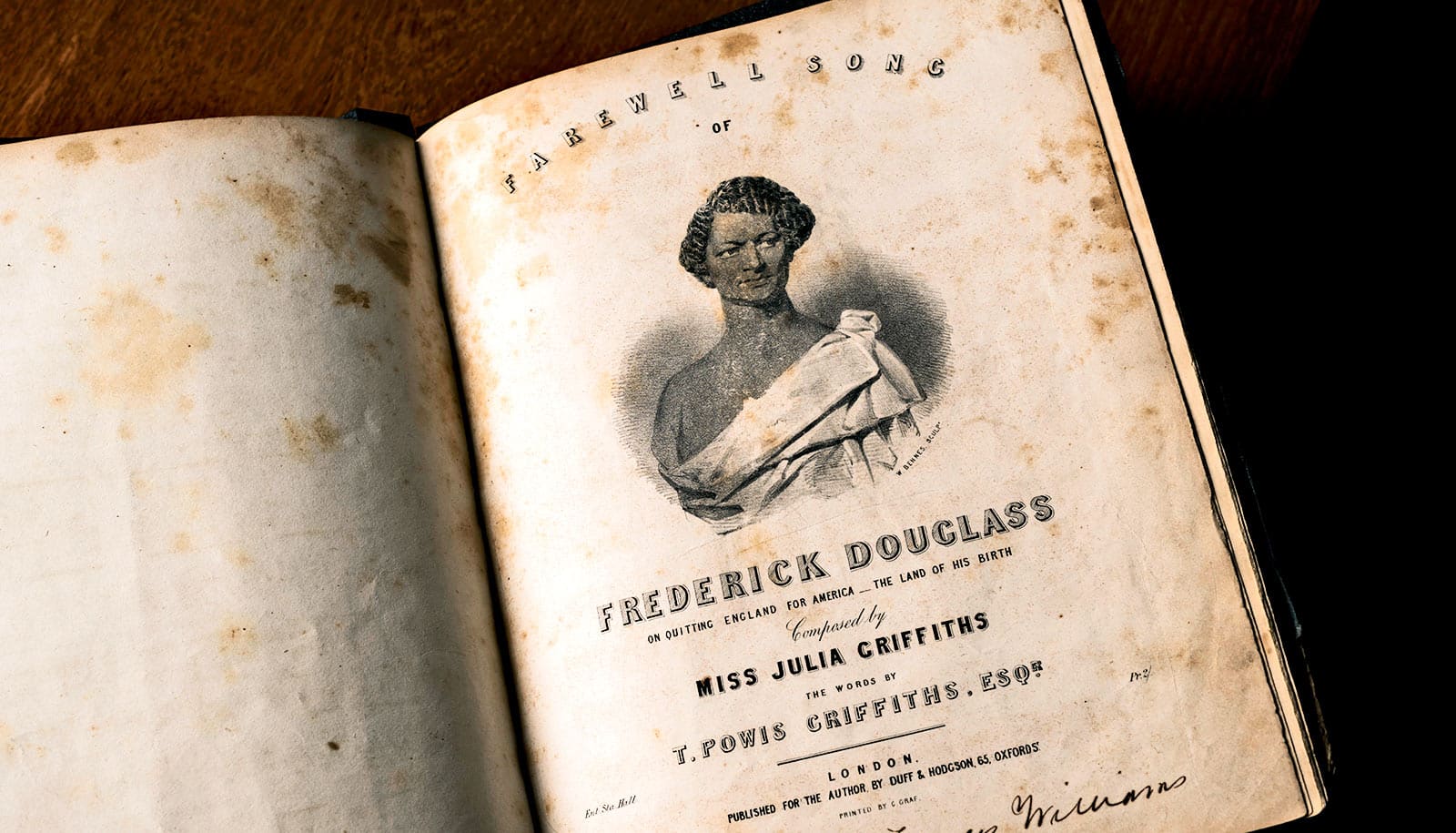The Autism History Project highlights the people, ideas, and topics that were instrumental in shaping autism during the 20th century in the United States.
The internet is full of research and debate, but historian Ellen Herman found little in the way of context about autism. She decided to help fill that gap with a project tracing the modern history of autism from its early recognition to today.
She hopes the website fills a void in the conversation about autism.
“In the last 20 years, there’s been a flood of information, narratives, and media attention to autism, but there’s been very little about its history,” says Herman, who also serves as the University of Oregon’s vice provost for academic affairs and faculty co-director for the Wayne Morse Center for Law and Politics.
Herman spent several years digging into archival material around the country to investigate autism’s history, notable figures, and important milestones.
“This website is for everyone interested in autism as well as anyone interested in medicine and the human sciences, health and social welfare, development and disability, and the history of children and families in the modern United States,” she says, noting that autism’s intersection with education, government, family, and medicine has fueled a surge in public interest.
The website includes a collection of profiles about people who have played critical roles in the history of autism, including:
- Hans Asperger, whose name later became affiliated with a diagnosis;
- Lauretta Bender, a psychiatrist who conducted research on childhood schizophrenia; and
- Clara Park, an author who published a memoir in 1967 about her experience parenting an autistic child.
Park’s child Jessica went on to become an accomplished visual artist who has shown her work in universities, museums, galleries—and now throughout Herman’s website. When Herman considered the best visuals to accompany her research, Park’s art was an ideal and fitting choice.
The website also contains a timeline, a glossary, and a series of essays that cover pivotal topics about autism, like outlining where the term autism originated and considering the autism gender gap. Herman also included an archive of annotated original sources, an effort to integrate both digestible bits of information and complete sources into the website.
One of Herman’s primary goals was for the website to be easily accessible to a public audience, including relatives and educators, but she also hopes it will be useful to other scholars.
“I hope it will encourage other people to add to the record,” Herman says. “Autism’s story is important in its own right, but it also helps us to imagine how dramatically the borders of diverse human experiences have shifted over time.”
Source: University of Oregon



